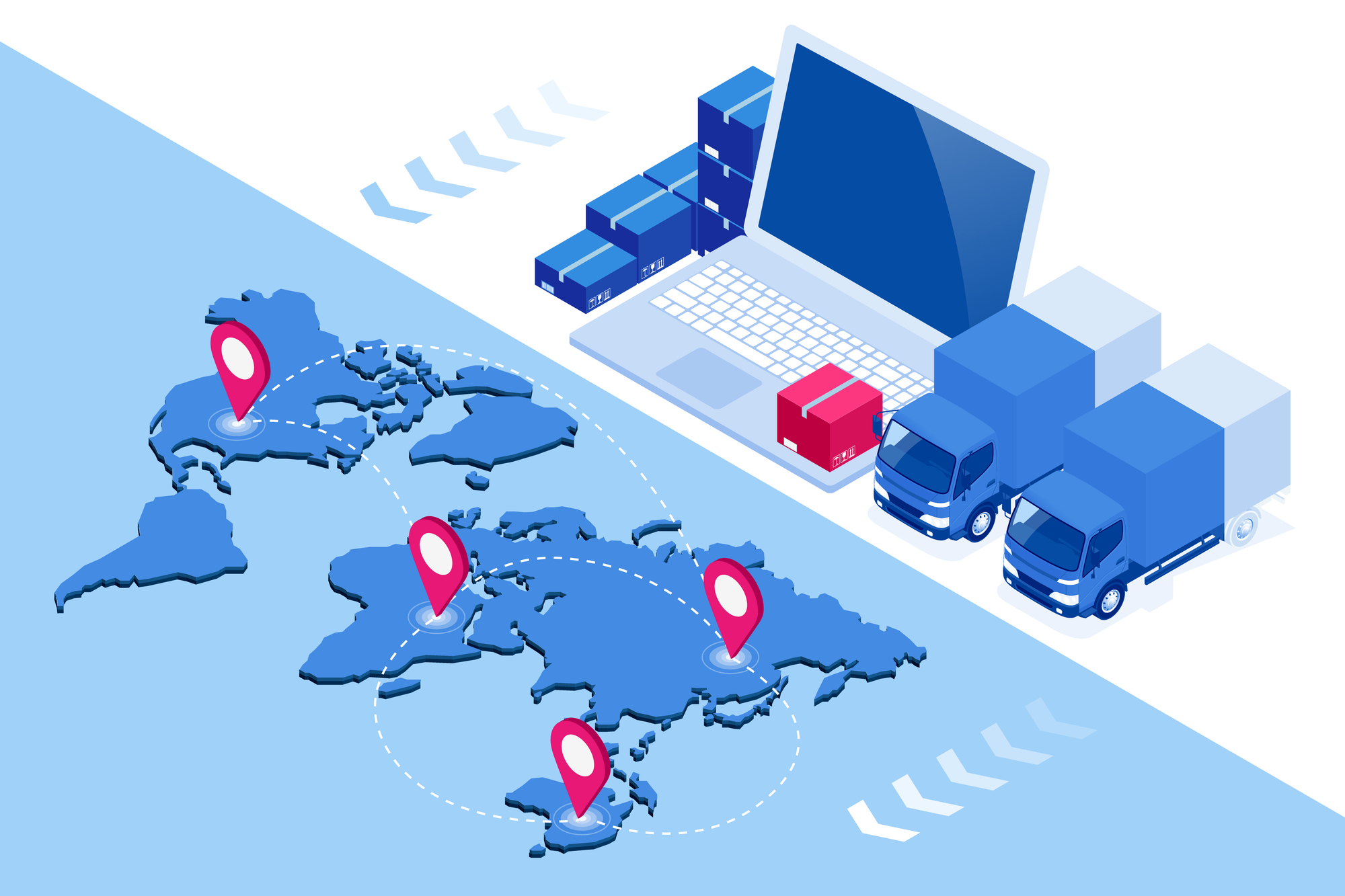Overview
The secret is out. FedEx and UPS are making a paradigm shift in the way they price small parcels, and it will have a significant impact on all companies that rely on them for their services. However, this change in how these companies are calculating freight pricing is not an entirely new practice. Today, all large package shipments above 3 cubic feet are subject to this more rigid pricing structure that integrates both parcel weight and dimension to calculate shipping price.
FedEx and UPS are now expanding this pricing methodology to the smaller parcel market. The reasoning behind it is quite simple. They are feeling pressure to find ways to increase revenues and streamline costs to drive profitability. Both FedEx and UPS built their small parcel business on the weight of a package and until now, it didn’t matter how big a box was as long as its volume was less than 3 cubic feet. As a result, companies have been able to choose a shipping box without much thought, as cost wasn’t a factor. The result, however, is wasted space in every UPS and FedEx plant, plane and delivery truck. It makes perfect sense. Both companies are looking to lean out their process, drive costs lower and increase revenue–and this is a very straightforward way of doing so.
SDI’s Point of View
Where in the supply chain will the freight hike have the most impact? The answer is everywhere–all the way down to the client who will see the greatest increases. From the client all the way up to the raw material supplier, there needs to be a serious analysis done to minimize the effect of this new freight pricing methodology.
As a leading integrator in the MRO market, SDI has very close relationships with our clients as well as the distributors and manufacturers. Working with these key players will help the end result, however it will not completely eliminate the impact. If the manufacturer is not actively managing and improving the process in which they work with with their raw material suppliers, the cost of the raw materials is going to increase and get passed through. The raw materials need to be packaged more efficiently going to the manufacturer in order to maintain pricing. When the manufacturer produces a product, the same care must be taken when shipping to the distributor to minimize shipping costs. Every time the products change ownership, there will be room for improvement. Making the right improvements can save substantial freight costs annually, and SDI can help.
How can SDI help?
On an individual package level, despite carrying the needed product, packages in general are not properly utilized to their fullest potential. Boxes in many situations are oversized for the product they contain, for whatever reason. Human error can be a factor when a box is being packed. When an order comes into the filler on a shop floor, the first thing they do is prepare a box for the shipment. The filler does not want to repack a box because their initial selection was too small, so they instinctively grab the larger box. And why not? Freight has been calculated solely on weight, so it never mattered – until now. There will be a large emphasis put on using the correct box to send a shipment. The smaller the box, the less the item costs to ship with FedEx and UPS, plain and simple.
This means that facilities need to start stocking larger varieties of boxes, both size and shape. Theoretically, if a distributor stocks one million different items, how many boxes should they stock to maximize their packaging efficiency? The answer, though not practical, is one million box varieties. There is a rate of diminishing return when it comes to the amount of boxes that a company should stock. This is a complex problem to solve properly, but that is where SDI comes in. As part of a more connected end-to-end solution, SDI’s predictive inventory management allows us to use historical data on daily usage and transactions to develop a replenishment forecast that identifies what items and quantities to order–reducing total inventory, increasing service levels and, yes, lowering freight costs.
To learn more about the UPS and FedEx pricing methodologies, please visit their respective websites.




